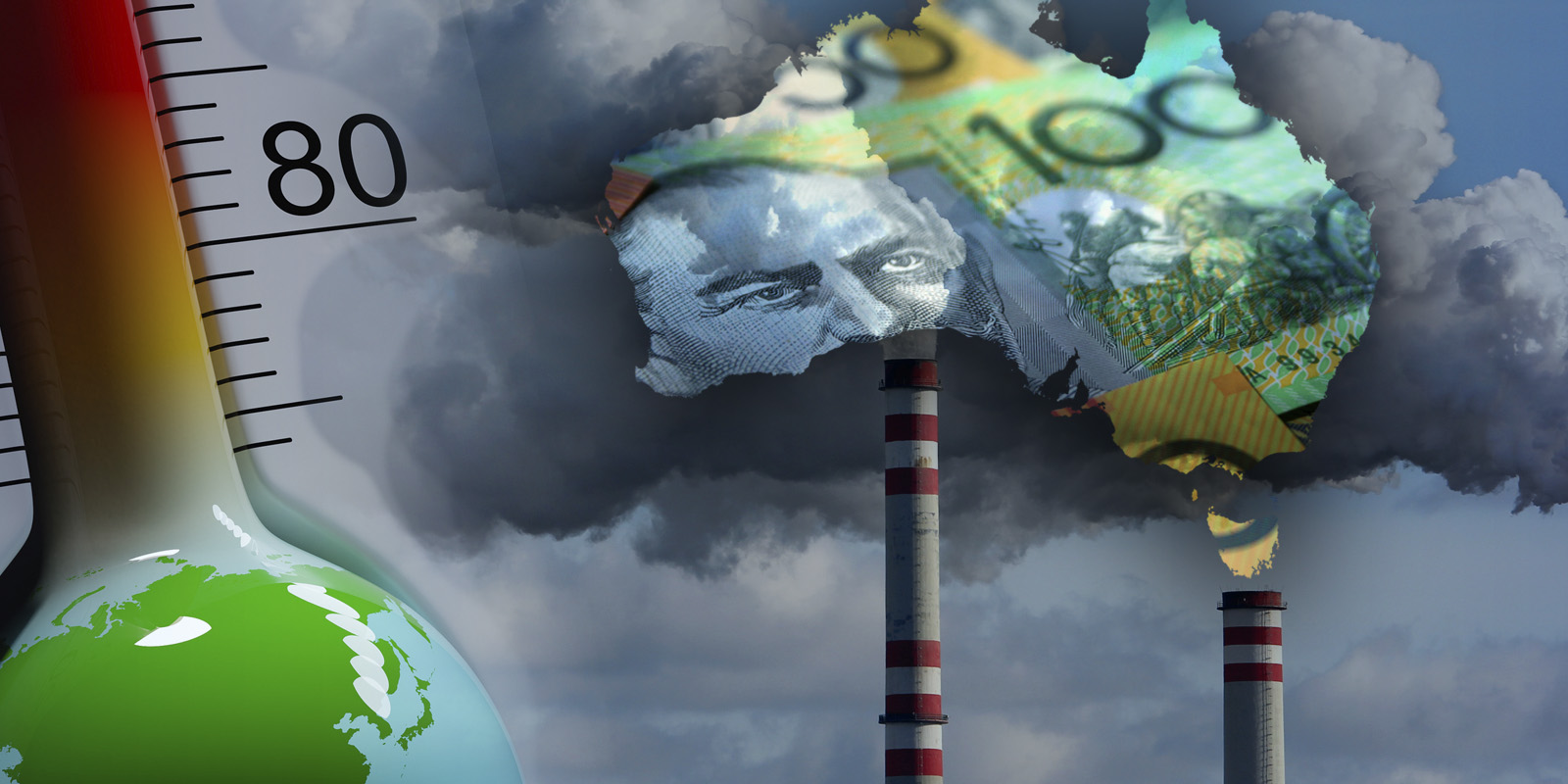
Evolving Carbon Markets: Australian Carbon Credit Units
In Short
The Context: The Emissions Reduction Fund was introduced by the Australian Federal Government (Federal Government) in late 2014 as part of the Federal Government's climate change policies. The aim of the fund is to provide an incentive for business, land owners, and governments to reduce carbon emissions or utilise carbon abatement through carbon storage.
The Situation: Three key issues have emerged in relation to Australian Carbon Credit Units (ACCUs) under the Emissions Reduction Fund. The price of ACCUs has increased significantly and is volatile. There are varying views on the nature and scope of projects entitled to create ACCUs. There has been a significant increase in the voluntary demand for ACCUs from the private sector with no centralised market exchange.
Looking Ahead: A number of initiatives have been proposed to address these emerging issues, which include enabling parties to fixed ACCU delivery contracts with the Federal Government to be able to pay an exit fee to be released from the contracts, adding new methods for the creation of ACCUs and implementing an Australian Carbon Exchange. These initiatives offer opportunities for carbon project developers, traders, and businesses seeking to offset emissions.
In late 2021, the Australian Federal Government released its long term plan to deliver net zero emissions by 2050. This plan relies in part on workings of the Emissions Reduction Fund, which is a voluntary scheme aimed at reducing carbon emissions in Australia.
There are three key elements to the operation of the Emissions Reduction Fund:
- The creation of Australian Carbon Credit Units (ACCUs) for authorised carbon abatement activities, which are units created from eligible carbon abatement or reduction activities for each tonne of carbon dioxide equivalent stored or avoided by the authorised activity;
- The sale of ACCUs to third parties through bilateral contracts or to the Federal Government through reverse auction carbon abatement contracts; and
- The implementation of a mechanism that seeks to limit emissions increases above specific business as usual levels.
To date the Federal Government has applied approximately AU$2 billion to the Emissions Reduction Fund that is either paid for or committed under contracts the Federal Government has entered into with parties to create and sell ACCUs to the Government.
There are three key issues that have emerged in relation to the operation and scope of the Emissions Reduction Fund:
- The price of ACCUs has increased significantly and is volatile;
- The nature and scope of projects entitled to create ACCUs is seen as somewhat limited; and
- There is no centralised market exchange available for ACCUs.
Significant Price Increase
During the past 12 months, there has been a significant increase in the price of ACCUs sold to parties other than the Federal Government. Spot prices have increased from around $20 per ACCU at the beginning of 2021 to $50 per ACCU in March 2022.
One key driver in this significant price rise has been the increase in demand for ACCUs by corporations seeking voluntary offsets. The increased corporate focus on environmental, social, and governance (ESG) commitments has resulted in an increased number of corporations seeking to purchase units in order to voluntarily offset those ACCUs against the corporation's carbon emissions. The latest Clean Energy Regulator's quarterly report also shows that there is an increasing number of ACCUs being purchased by intermediary agents, aggregators and traders for on-sale to customers or for trading positions.
Under the Emissions Reduction Fund the bulk of the ACCU demand is contracted to the Federal Government. This was a mechanism used by the Federal Government to fund carbon reduction and abatement projects that will count toward meeting Australia's emissions reduction target.
The Clean Energy Regulator expects that two thirds of the total 2022 ACCU supply are contracted under fixed delivery schedules to the Federal Government. This means that there is limited ACCU liquidity on the supply side for corporations seeking ACCUs for voluntary offsets. As a result, the increase in demand and the limited availability of supply has caused ACCU price volatility. In order to deal with the price volatility, the government has announced that the current holders of fixed delivery ACCU contracts will be able to pay an exit fee and be released from their fixed obligations to the government.
The Clean Energy Regulator has been tasked with developing the rules that will apply to the exit. What is currently proposed as part of a consultation paper is that there will be a sharing of benefits between the Federal Government on one hand and the party seeking to exit the contract on the other hand built around milestones. It is anticipated that this will be an equitable sharing of the pricing upside, although the final rules are still being prepared and the Federal Government is concerned that changes should be implemented in a manner that does not result in an uncontrolled exit from contract positions adding to further market volatility.
In relation to the nature and scope of projects that are entitled to create ACCUs, a review was undertaken by an Expert Panel examining additional sources of low cost abatement. The subsequent report (known as the King Report) identified a range of new methods that could be included as ways to create ACCUs to provide a broadening and maturity in the Australian carbon market.
Whilst not all of the 10 recommended new methods have been implemented, the Federal Government has sought to implement a number of additional methods. The most notable of these being carbon capture and storage. Methods that have not yet been adopted include pre-drainage of coal seam gas from open cut coal mines. It is worth noting that the scope of the methods suitable for creation of ACCUs and the methods for verification of those ACCUs continue to be grounds for considerable debate.
In terms of increasing the tradability of ACCUs and the transparency of those trades, the Clean Energy Regulator has announced on 4 April 2022 that it is proceeding with the next phase of the procurement process for the establishment of an Australian Carbon Exchange and associated Registry service with 13 shortlisted corporations. The exchange is expected to be launched in 2023 and provide for an efficient voluntary market place for ACCUs.
As a result of the impending changes to existing Federal Government's carbon abatement contracts, the changes to the scope of the projects that can be used to create ACCUs and the evolution of an Australian Carbon Exchange, Australia offers opportunities for developers, intermediary traders and businesses seeking to offset emissions.
Three Key Takeaways
- It will be important for corporations that are parties to existing ACCU contracts with the Federal Government to review the proposed exit rules to determine whether there is benefit in adopting an exit strategy.
- Corporations seeking to create ACCU's should assess the permitted methods for the creation of ACCUs to ensure that the eligible projects are maximised.
- The introduction of the Australian Carbon Exchange should assist in providing flexibility and transparency to purchasers and sellers of ACCUs, although the final exchange design and rules will need to be considered when they are made available by the Clean Energy Regulator.




